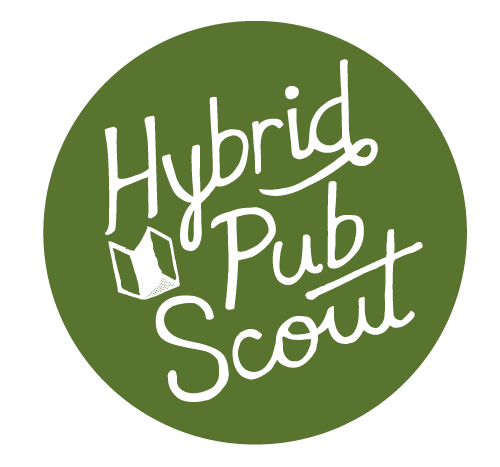Some say that everyone has a book in them. The more cynical say psshaw, no they don’t. A lot of that more cynical attitude has to do with the fact that not everyone writes well, including people who are desperate to get their books out of their heads. That doesn’t mean the spirit of a good book isn’t dwelling inside them, waiting for its moment to emerge.
Whether or not you are a good writer has nothing to do with the value of what you have to share. However, if you struggle with writing and have a message you want to clearly communicate, a ghostwriter may be the right answer for you. Those of us who help people translate their knowledge into something easily understood by readers have our own unique philosophies and approaches. Here are some of mine.
Please note—my experience is primarily with business and spiritual nonfiction and copywriting. Ghostwriters in other genres and even in the same genre I write will likely have distinct opinions from me depending on their level and type of experience.
Here’s what I do to help an author conjure a book.
Hold a Series of Conversations
Especially for nonfiction, ghostwriting is an important way to get an expert’s message across in a way that won’t confuse readers or make them fall asleep in their chairs. As far as I’m concerned, even though I work very hard to write a great book, you, as my client, are the true author. The content of the book comes from your head, and without you, I wouldn’t have any words to craft (or all I could offer would be fluff at best). That’s why my process is highly collaborative—focused on excavating jewels from your thoughts.
When I write a book for you, I need lots and lots of information. If the story is about a topic of which you have often publicly spoken, some of that information can come in the form of videos, blogs, or previously written content. However, what helps me most are one on one conversations, usually over Zoom. The discussions I have with you have a lot to do with the content you want to share, but it also is a way of hearing and defining your voice. They also allow me to then use a transcription service to both see the words in print and relisten to the conversation recordings. Every time I relisten to a conversation with an author, I find new threads to follow that can pull the book’s content out of the ether.
Establish an Understanding of Audience
The truth is we’re all full of stories, expertise, and convictions, and different knowledge and emotion touches different audiences. Sometimes they’re for people in your field who can benefit from what you have to teach. Sometimes they’re for your family, who are curious about genealogy and and the places you have been. Sometimes the audience is you yourself, with writing as a form of reflection or therapy.
Just like in a marketing scenario, a nonfiction book in particular needs a specific audience—key word specific. It’s exactly the same as if you were trying to sell a product or service. The content must be relevant to them, and if you don’t know who they are, it won’t be. If your book teaches a subject, you must be mindful of the level of knowledge your reader has. If you over-explain concepts, they’ll become bored, but if you start at too high a level, they’ll become confused. Both of these reading experiences are likely to cause someone to put your book down and never come back to it. Before an outline is even created, I like to have conversations about who exactly the reader of the finished book will be.
Build Structure (But Stay Flexible)
The process always goes best when there’s an outline before the actual writing commences, but that outline also needs to be able to change. During my discussions with authors, processing happens in real time, and that means a lot of exciting surprises for both of us. Sometimes, an amazing new point or a new topic emerges, and the outline needs to make room for these flashes of insight. Ultimately as the book comes together, though, an accurate outline becomes more and more important for revising, tracking topics and anecdotes, and referencing existing content. This is one of the places you’ll see some overlap between the work I do to create a book and the work of a developmental editor (as discussed in a previous blog).
The experience of identifying the most important points and arguments for each topic can be nonlinear during the experience of putting the book together—ideas can be explored long before their central point emerges. That’s why even the earliest discussions of concepts and topics can be used later in the writing process. I collect the stories and lines of thought extracted from these conversations like stones, parceling out into different conceptual buckets based on the outline we create together. Once the central points become visible, I can use what I’ve put into these buckets to build something coherent and beautiful.
Ghostwriting a book doesn’t just consist of summoning words from thin air. It’s something that works best through talking, processing, listening, and sharing. The best works emerge when the author is invested in letting that sharing of ideas emerge into a corporeal form.
If you’re interested in bringing your thoughts to life in the form of a book, contact me for a consultation to see if we’ll be a good fit. Visit this page to learn more and set something up. Work samples are available on request.



